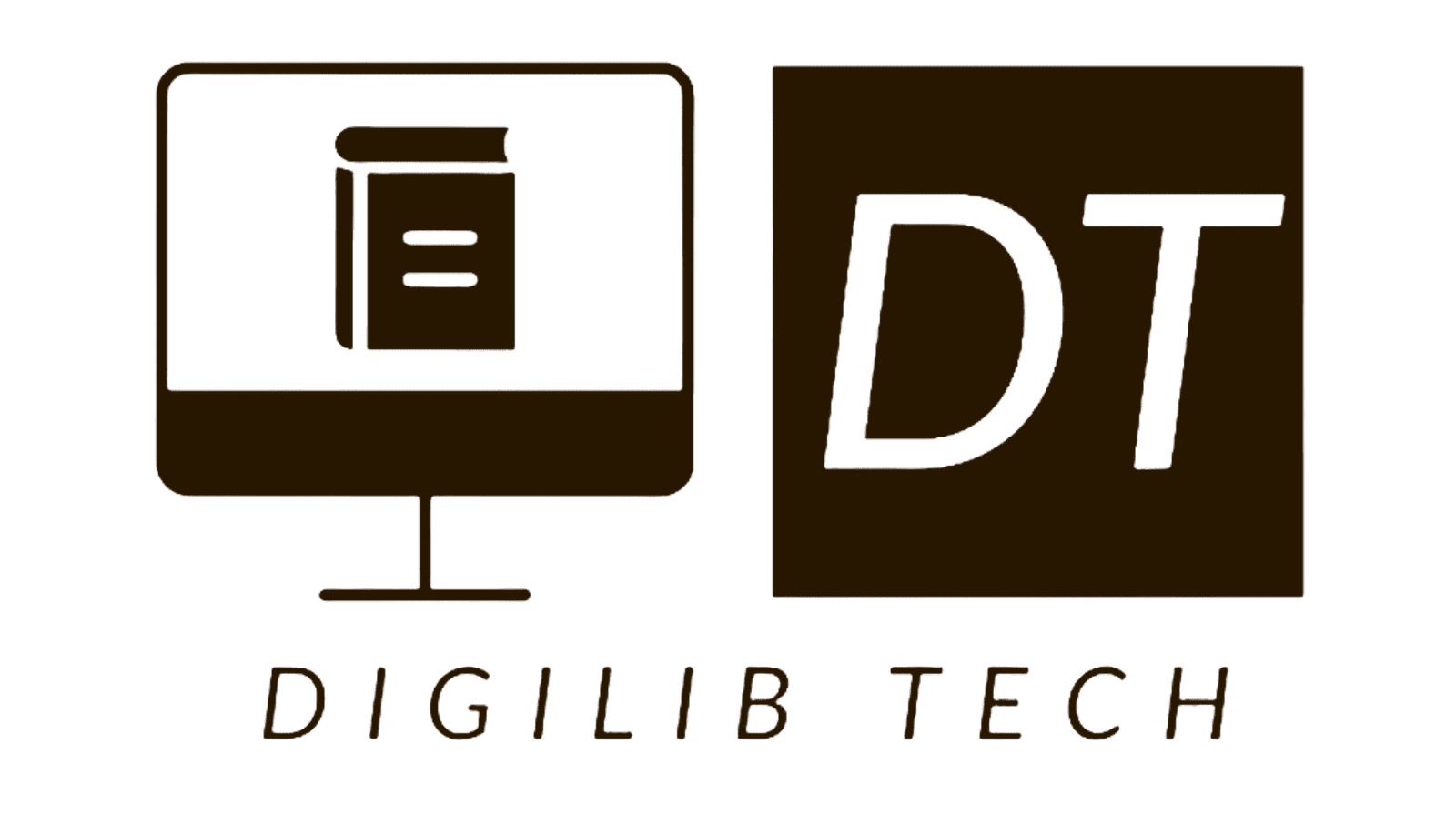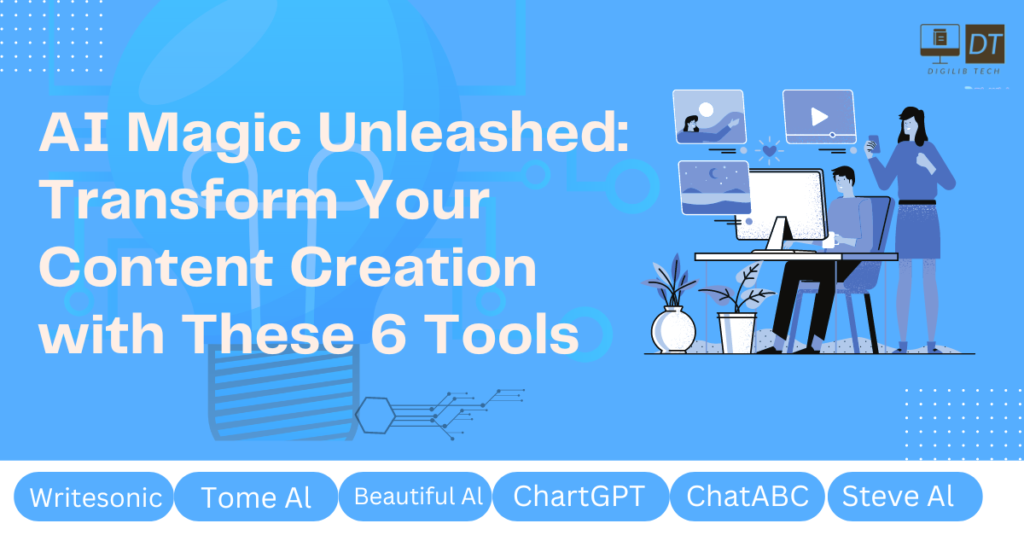Artificial intelligence (AI) has impacted a number of industries and how people live and work. With advancements in technology, the AI landscape is constantly evolving, introducing new tools and applications that enhance efficiency, decision-making, and innovation. In this blog post, we will explore the top 15 AI tools you should know in 2023, showcasing their capabilities and potential impact across different domains.
TensorFlow
TensorFlow is an open-source library developed by Google that has become the industry standard for building and deploying machine learning models. It offers a flexible and scalable platform for developing AI applications, including deep learning neural networks, image and speech recognition, and natural language processing (NLP).
TensorFlow’s extensive community and ecosystem make it a powerful tool for AI development.
PyTorch
PyTorch is another popular open-source deep learning library widely used in the AI community. Developed by Facebook’s AI research team, PyTorch provides a dynamic and intuitive interface, making it easier for researchers and developers to build and train neural networks.
Its dynamic computational graph allows for more flexibility and efficient debugging, making it a favorite among researchers.
IBM Watson
IBM Watson is a cognitive computing platform that combines AI and machine learning to provide advanced analytics, natural language processing, and computer vision capabilities. It offers a suite of services and APIs, empowering developers to integrate AI functionalities into their applications.
Watson’s powerful tools enable industries to leverage AI for tasks like customer support, sentiment analysis, and predictive analytics.
Amazon SageMaker
Fully managed machine learning is a service that Amazon Web Services (AWS) provides under the name Amazon SageMaker.. It provides an end-to-end solution for building, training, and deploying machine learning models.
SageMaker’s integrated development environment (IDE) and pre-built algorithms simplify the model development process, while its scalable infrastructure ensures efficient training and deployment.
Microsoft Cognitive Services
Microsoft Cognitive Services is a collection of AI-powered APIs and services that enable developers to add intelligent features to their applications. It offers a range of capabilities, including computer vision, speech recognition, language understanding, and sentiment analysis.
With easy-to-use APIs, developers can integrate powerful AI functionalities into their applications with minimal effort.
Google Cloud AutoML
Google Cloud AutoML is a suite of machine learning products that make it easier for developers with limited ML expertise to build custom models. AutoML provides tools for automating the training and deployment of machine learning models, allowing businesses to leverage AI without extensive data science knowledge.
Its user-friendly interface and drag-and-drop functionality streamline the model creation process.
H2O.ai
H2O.ai is an open-source platform that offers scalable and easy-to-use machine learning and AI solutions. Its flagship product, H2O, provides a range of tools for data scientists and analysts to develop and deploy machine learning models.
H2O’s AutoML feature automates the model selection and hyperparameter tuning process, reducing the time and effort required to build accurate models.
OpenAI Gym
The toolbox known as OpenAI Gym allows users to create and evaluate reinforcement learning algorithms. It provides a wide range of environments and benchmark problems, allowing researchers and developers to test and evaluate their RL algorithms.
OpenAI Gym’s standardized interface and comprehensive documentation make it a valuable resource for AI enthusiasts and professionals alike.
DataRobot
DataRobot is an automated machine learning platform that empowers organizations to build and deploy AI models quickly. Its AutoML capabilities automate the end-to-end machine learning workflow, from data preprocessing to model deployment.
DataRobot’s user-friendly interface and comprehensive model explainability features make it a popular choice for businesses looking to leverage AI.
Nvidia Cuda
NVIDIA CUDA is a parallel computing platform and API model that enables developers to leverage the power of NVIDIA GPUs for accelerated AI and machine learning computations. It provides a programming interface

and tools for GPU-accelerated computing, allowing developers to optimize their algorithms and achieve significant performance improvements.
Apache Spark MLlib
Apache Spark MLlib is a scalable machine learning library built on top of the Apache Spark framework. It provides a rich set of algorithms and tools for data preprocessing, feature engineering, and model training.
Spark MLlib’s distributed computing capabilities make it ideal for handling large-scale datasets and building scalable AI applications.
IBM Watson Studio
IBM Watson Studio is an integrated environment designed for data scientists and AI developers.It offers a platform for creating, honing, and deploying machine learning models collaboratively.
Watson Studio’s visual modeling interface and support for various programming languages make it a versatile tool for AI development.
Scikit-learn
There are many different methods for classification, regression, clustering, and dimensionality reduction in the well-known Python machine learning toolkit known as scikit-learn. It offers a simple and intuitive API, making it suitable for both beginners
and experienced data scientists. scikit-learn’s extensive documentation and active community support make it a reliable choice for AI development.
Caffe
A deep learning framework called Caffe was created by Berkeley AI Research (BAIR). It focuses on speed, efficiency, and modularity, making it a preferred choice for computer vision tasks. Caffe’s pre-trained models and easy-to-use interface allow researchers
and developers to quickly prototype and deploy deep learning models for image classification, object detection, and segmentation.
Keras
Python-based Keras is an API for high-level neural networks. For creating deep learning models, it offers a simple and flexible interface. Keras’s simplicity and abstraction layer make it a suitable choice for beginners

and researchers who want to quickly experiment with neural network architectures. It can be used on top of TensorFlow or other backends.
Conclusion
The AI landscape is continuously evolving, and keeping up with the latest tools and technologies is essential for staying competitive in the AI domain. The 15 AI tools discussed in this blog post offer powerful capabilities for developing and deploying AI applications across various industries. Whether you’re a data scientist, developer, or business professional, these tools provide a solid foundation for exploring the potential of AI and driving innovation in your respective fields. Embracing these tools can help unlock new opportunities and drive the AI revolution forward in 2023 and beyond.

























Thank you for your sharing. I am worried that I lack creative ideas. It is your article that makes me full of hope. Thank you. But, I have a question, can you help me?